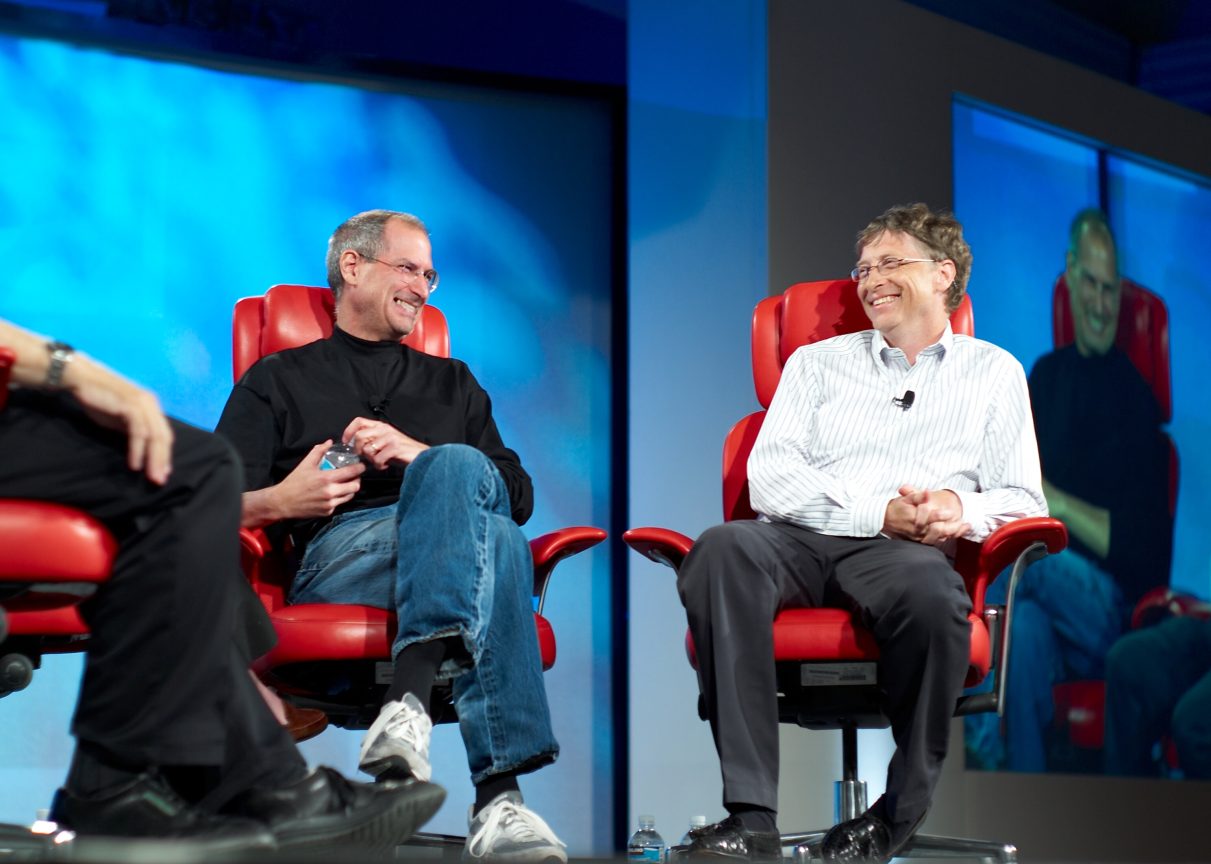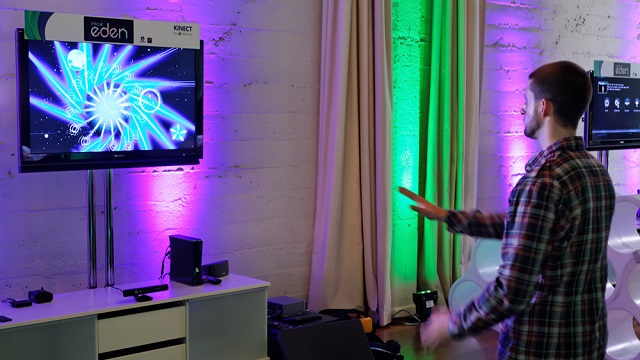Lessons To Be Learned From Nintendo’s Wii U Miscues

What’s the Latest?
When digital content guru Dan Adelman left Nintendo last week, he made sure to offer one final blunt assessment of his boss’ failures in selling the Wii U system:
“Wii U is not selling as well as it deserves to… the name Wii U is abysmal. I think that cut sales in half right there.”
Nintendo released the first Wii console in 2006 and then doubled-down on the name in 2012 with the unveiling of its successor, the Wii U. Sales have been dreadful, third-party developers have fled the system, and critics wonder how much longer it can be expected to compete against Sony’s Playstation 4 and Microsoft’s Xbox One. Is the name really to blame?
What’s the Big Idea?
Chris Kohler, writing for Wired, disagrees with Adelman’s claim that poor sales can be attributed to the Wii U’s nomenclature. While misguided marketing certainly contributed to the lack of interest in the system, Nintendo’s real problem stems from the unexpected rise of new alternatives for casual gamers:
“Wii U has staked out a weird middle ground that nobody seems to be standing on. On one flank it has the high-end videogame consoles, which are actually not that much more expensive than a Wii U. On the other are tablets and smartphones, which represent a much better value for more casual players. Wii U isn’t the perfect fit for anyone who isn’t already motivated to buy it because they’re fans of specific pieces of Nintendo software.”
Nintendo committed a huge error in the middle of last decade when it turned against its loyal fanbase by sacrificing the quality of its gaming experience to instead focus on the market’s lowest common denominator. The thrust of the original Wii advertising campaign was an inclusive approach to video games that made Nintendo accessible to all sorts of casual gamers. This was great for a couple years when tales of senior citizens joining Wii Bowling leagues warmed our hearts. But like so many trendsetters, Nintendo was not prescient enough to foresee the disruptors that would emerge to fill the holes it had carved into a new gaming market. The smartphone/tablet gaming boom offers casual gamers a cheaper, more accessible alternative to what Nintendo was selling. If video killed the radio star, Angry Birds killed Nintendo’s casual gaming empire.
And now the video game giant is forced to play catch-up after falling behind to Microsoft and Sony in the “serious gamers” market. New releases such as Super Smash Bros. 4 will give sales a much-needed jolt, but the damage has already been done. In a way, Nintendo’s faux pas are reminiscent of the miscues that killed companies such as Circuit City and Borders. If you hedge a huge bet on where you hope the market’s going to be five years from now, the market had better be there or else.
I don’t think this spells the end of Nintendo as a whole, but the company had better hope it’s got a few extra 1-Up mushrooms stocked up for its race back into the serious gaming market.
Read more at WIRED
Photo credit: Barone Firenze / Shutterstock




